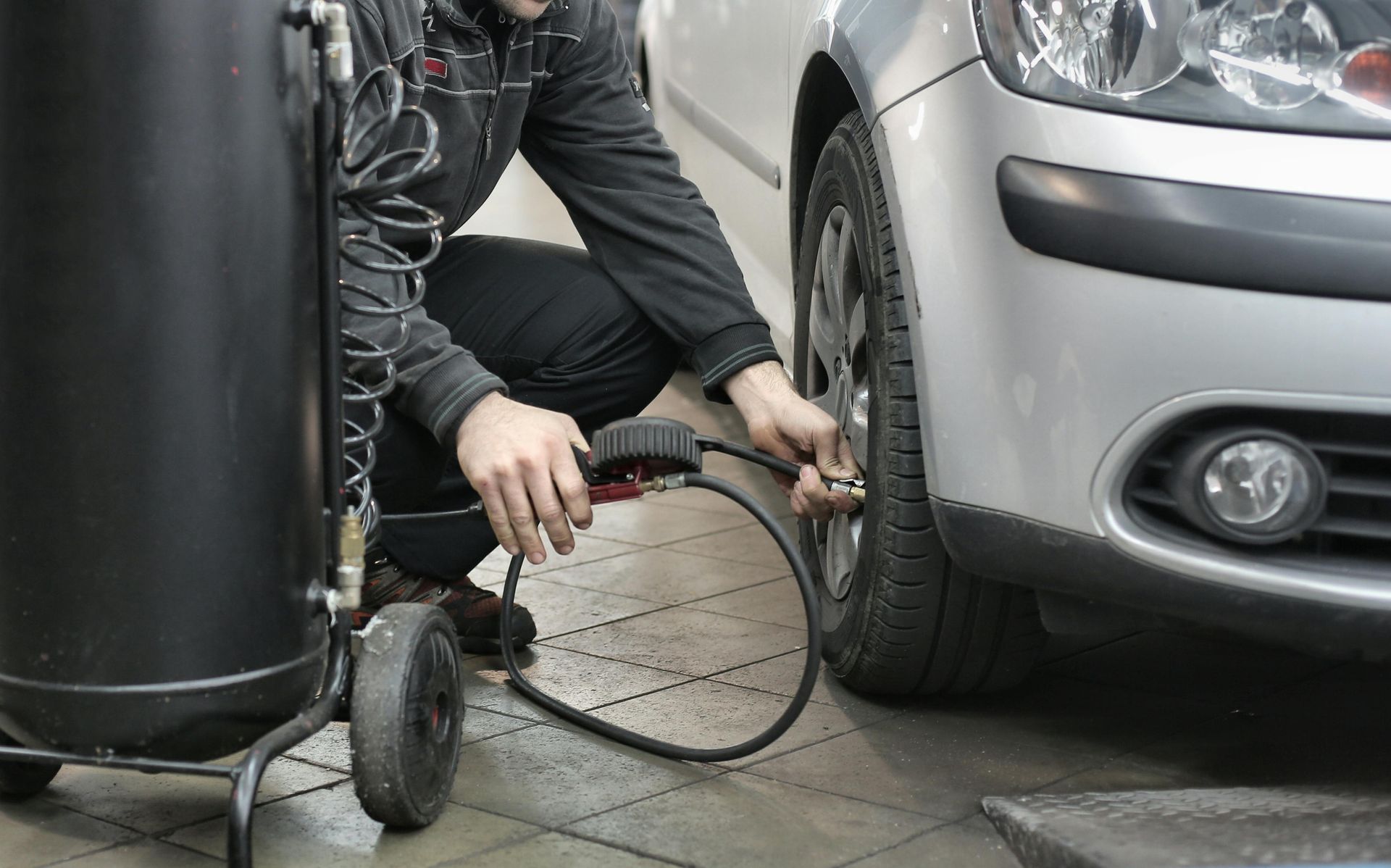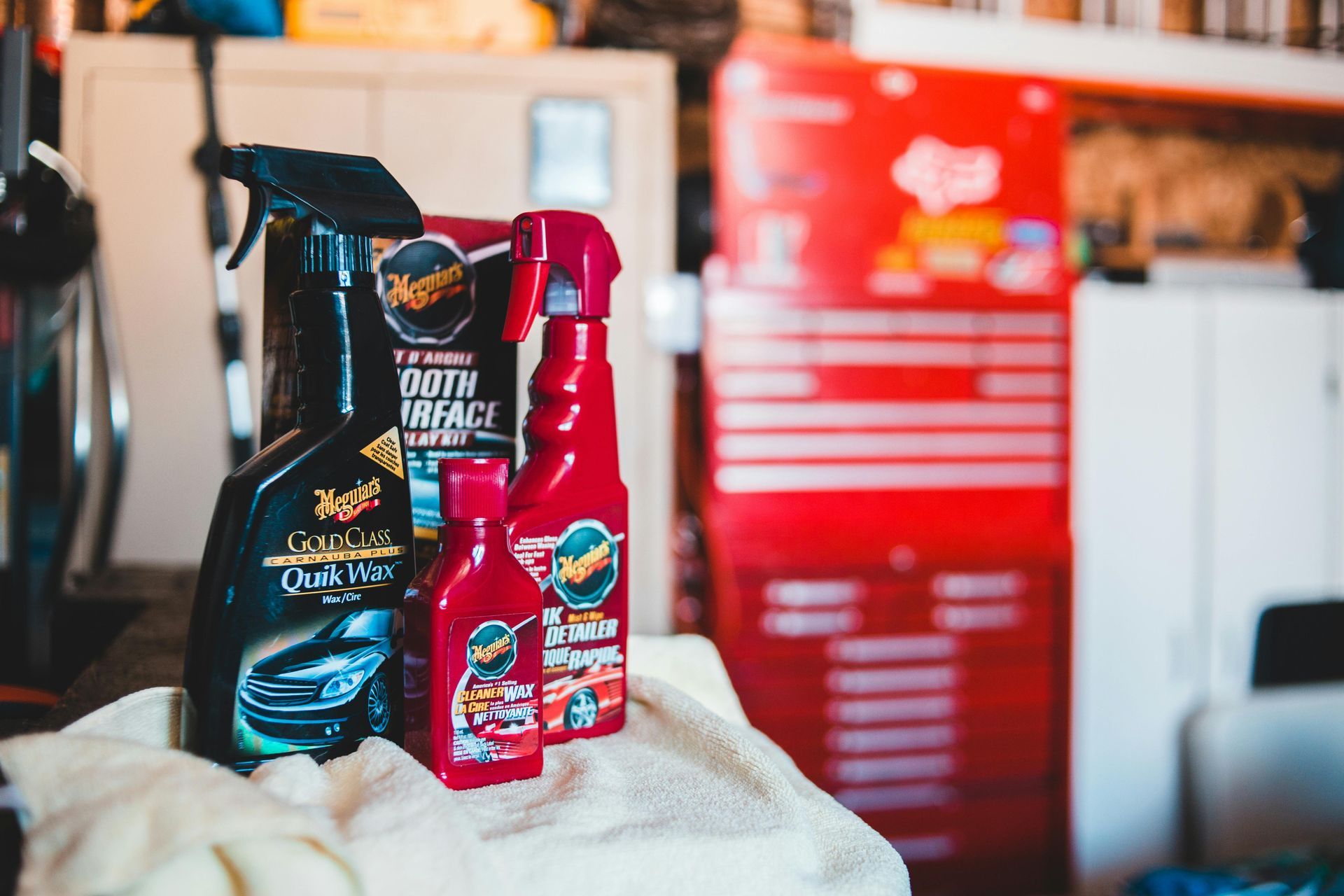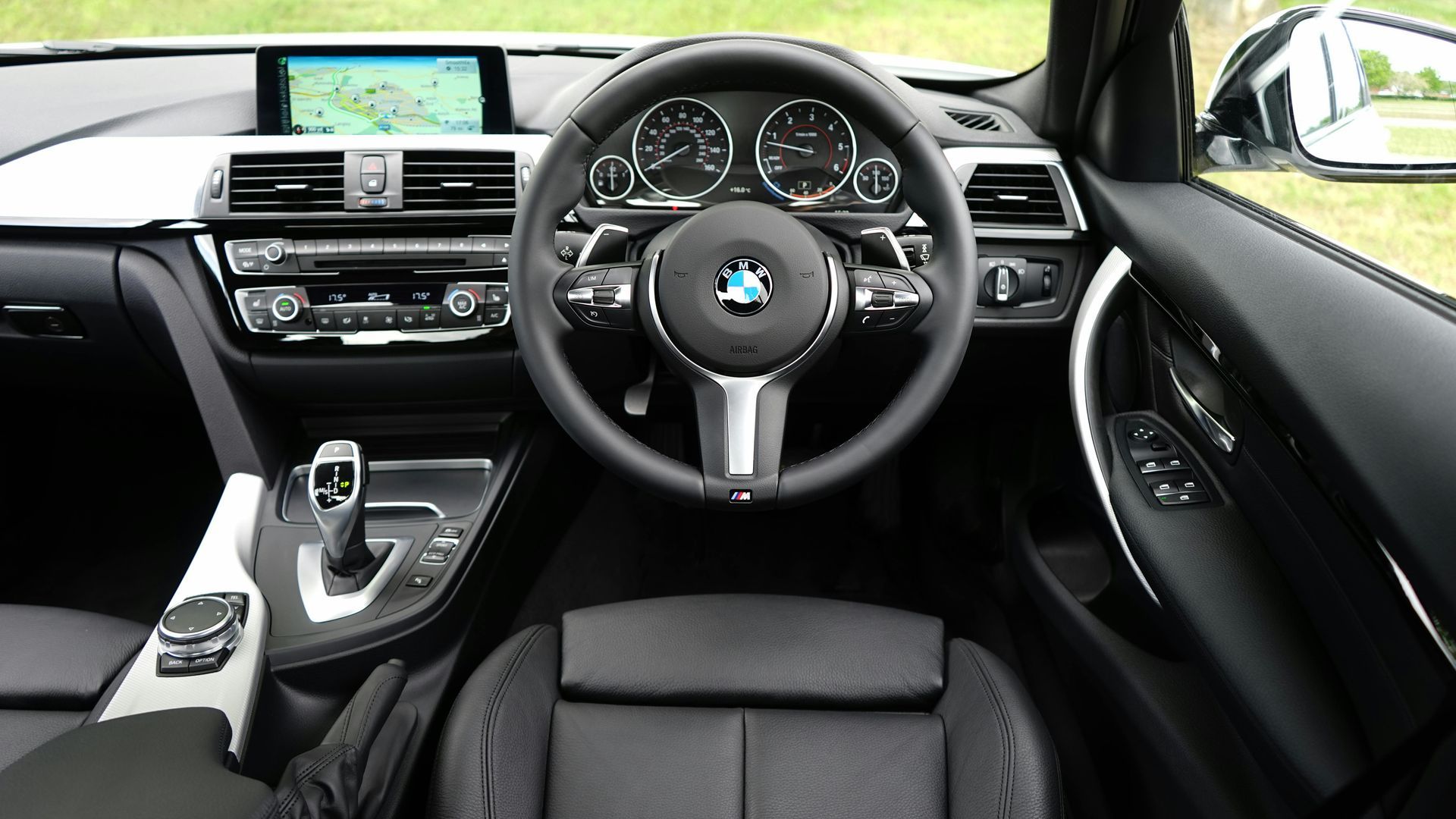Recognizing Brake Wear Symptoms After Summer Driving in West Bend
Summer driving in Wisconsin puts significant stress on your vehicle's braking system. From stop-and-go traffic through West Bend's construction zones to hauling boats to area lakes, your brakes have worked overtime during the warm months. As fall approaches, it's crucial to recognize the warning signs that indicate your brakes need attention before winter weather makes safe stopping even more critical.
Listen for Unusual Sounds
Your brakes communicate problems through distinct sounds that shouldn't be ignored. After months of summer driving around Washington County, worn brake components often announce themselves through audio warnings that get progressively worse.
Common brake sounds and their meanings:
- Squealing or squeaking: Usually indicates worn brake pads with built-in wear indicators
- Grinding noises: Suggests brake pads are completely worn and metal is contacting metal
- Clicking sounds: Often points to loose brake hardware or warped rotors
- Groaning during stops: May indicate issues with brake calipers or hydraulic components
Pay special attention to sounds when braking down hills around Holy Hill or stopping at traffic lights on Highway 33. These sounds rarely improve on their own and typically indicate components that need immediate attention.
Feel for Steering and Pedal Changes
Changes in how your brake pedal feels or how your vehicle responds during braking are serious warning signs. Summer heat and heavy use can cause brake fluid to break down and components to wear unevenly, creating noticeable changes in braking performance.
Brake pedal warning signs include:
- Pedal sinking to the floor: Indicates potential brake fluid leaks or master cylinder problems
- Hard or stiff pedal: Suggests issues with the power brake booster or vacuum system
- Spongy or soft feeling: Often caused by air in brake lines or contaminated brake fluid
- Pedal vibration: Usually indicates warped brake rotors from excessive heat
If your vehicle pulls to one side when braking on straight roads like County Road P, this suggests uneven brake wear or stuck brake calipers that need immediate attention.
Watch for Visual Warning Signs
Regular visual inspection of your wheels and brake components can reveal problems before they become dangerous. After summer driving to places like Devil's Lake or the Wisconsin Dells, take a few minutes to look at your wheels for signs of brake wear.
Look for these visual indicators:
- Rust-colored dust on wheels: Normal light dust is expected, but excessive buildup suggests accelerated wear
- Deep grooves in brake rotors: Visible scoring indicates rotors may need resurfacing or replacement
- Brake fluid puddles: Check your driveway or garage floor for dark fluid spots under your vehicle
- Thin brake pads: If you can see through your wheel spokes, check if brake pad material looks extremely thin
Dark or discolored brake fluid in the master cylinder reservoir indicates contaminated fluid that should be replaced immediately.
Notice Changes in Stopping Distance
Increased stopping distances are one of the most dangerous brake problems. Summer heat and heavy use can reduce braking efficiency, making it harder to stop safely in emergency situations around busy areas like Regner Park or the West Bend Farmer's Market.
Signs of reduced braking power:
- Taking longer to stop at familiar intersections
- Needing to press the brake pedal harder for normal stops
- Vehicle doesn't slow down as quickly on highway off-ramps
- Brakes feel less responsive in stop-and-go traffic
Don't assume you're just imagining these changes. Trust your instincts about braking performance and have the system inspected if stopping feels different than earlier in the summer.
Check for Brake Fluid Issues
Brake fluid is the lifeblood of your braking system, and summer heat can cause it to deteriorate. Wisconsin's hot, humid summers can introduce moisture into brake fluid, reducing its effectiveness and causing internal corrosion of brake components.
Brake fluid problems to watch for:
- Dark or dirty-looking fluid: Fresh brake fluid is clear or slightly amber
- Low fluid levels: May indicate leaks or worn brake pads
- Contaminated fluid: Moisture or debris in brake fluid reduces performance
- Fluid leaks: Wet spots under your vehicle or on brake components
Check your brake fluid monthly by looking at the master cylinder reservoir under the hood. If the fluid looks dark or you can't see through it clearly, have it tested and possibly replaced.
Pay Attention to Dashboard Warnings
Modern vehicles have sophisticated brake monitoring systems that alert you to problems. Don't ignore dashboard warning lights, especially after a summer of heavy driving around Germantown, Slinger, and surrounding areas.
Important brake-related warning lights:
- Brake warning light: Indicates low brake fluid or parking brake engagement
- ABS light: Suggests problems with the anti-lock braking system
- Traction control warnings: Often related to brake system sensors or components
- Electronic stability control alerts: May indicate brake system communication issues
Never drive with brake warning lights illuminated. These systems are designed to prevent accidents and should be diagnosed immediately by qualified technicians.
Consider Your Summer Driving Patterns
Different driving conditions create different types of brake wear. If you've done a lot of mountain driving, towing, or stop-and-go city driving this summer, your brakes may show accelerated wear patterns that need attention.
High-stress driving conditions include:
- Towing boats or trailers to Wisconsin lakes
- Mountain driving on vacation trips
- Heavy city traffic during summer festivals
- Frequent highway driving with sudden stops
These conditions generate extra heat and stress that can cause brake components to wear faster than normal driving around West Bend's residential areas.
Don't Wait for Complete Failure
Brake problems rarely fix themselves and typically get worse over time. What starts as minor squeaking can quickly progress to dangerous brake failure if ignored. Wisconsin's upcoming fall and winter weather will demand reliable braking performance on wet leaves and icy roads.
Early intervention saves money by:
- Preventing damage to expensive brake rotors
- Avoiding emergency repairs during bad weather
- Maintaining safe stopping distances
- Preserving other brake system components
Address brake concerns as soon as you notice them, rather than waiting for the problem to worsen or hoping it will go away.
Schedule Professional Brake Inspection
Professional brake inspection provides a complete picture of your braking system's condition. Qualified technicians can measure brake pad thickness, test brake fluid condition, check rotor wear, and identify problems that aren't visible during casual inspection.
A comprehensive brake inspection includes:
- Brake pad and shoe thickness measurement
- Rotor and drum condition assessment
- Brake fluid testing and replacement if needed
- Brake line and hose inspection
- Brake hardware and caliper function checks
Keep Your Family Safe This Fall
Don't gamble with your family's safety on Wisconsin's challenging fall roads. Bob's Main Street Auto & Towing has been providing expert brake service to West Bend and Hubertus drivers since 1980. Our ASE-certified technicians use advanced diagnostic equipment to thoroughly inspect your braking system and identify any issues before they become dangerous.
With four convenient locations and comprehensive brake services, we'll ensure your vehicle stops safely and reliably through fall's wet leaves and winter's icy conditions. Schedule your brake inspection today and drive with confidence knowing your braking system is ready for whatever Wisconsin weather brings.












